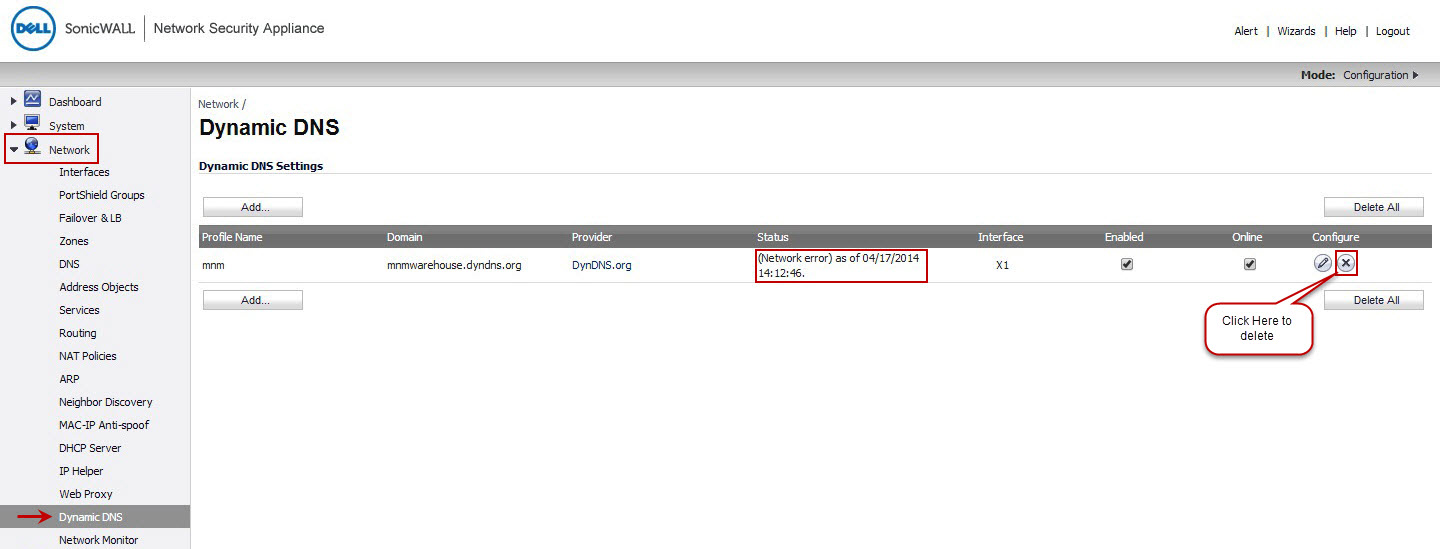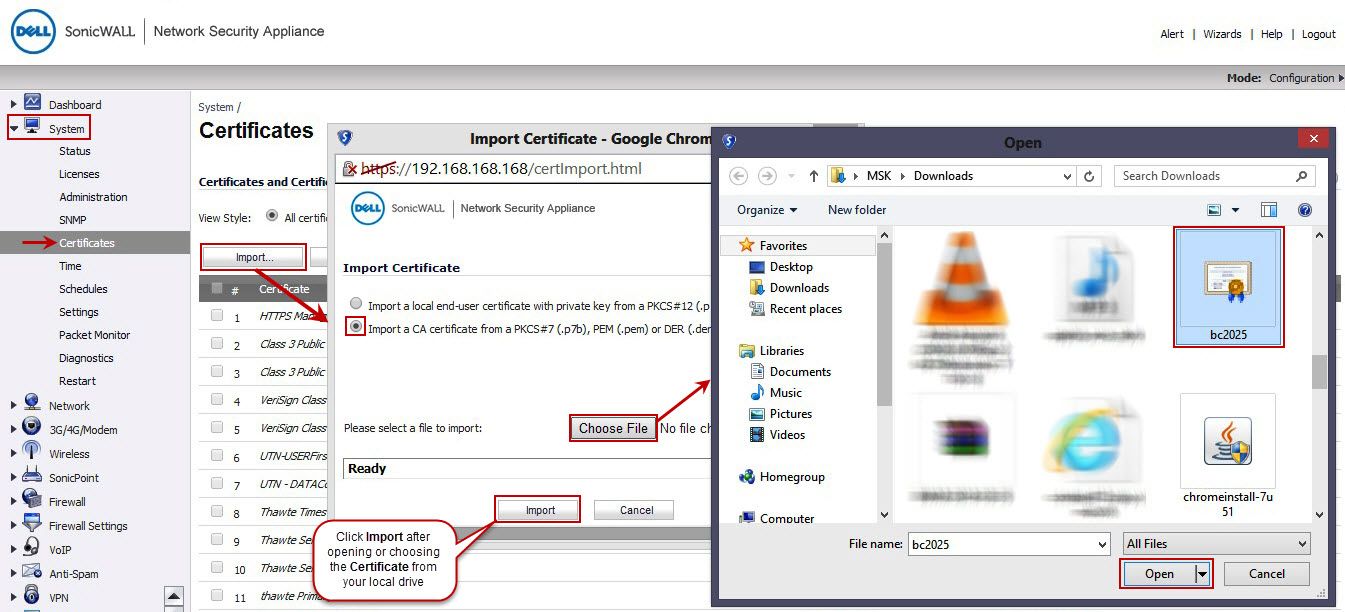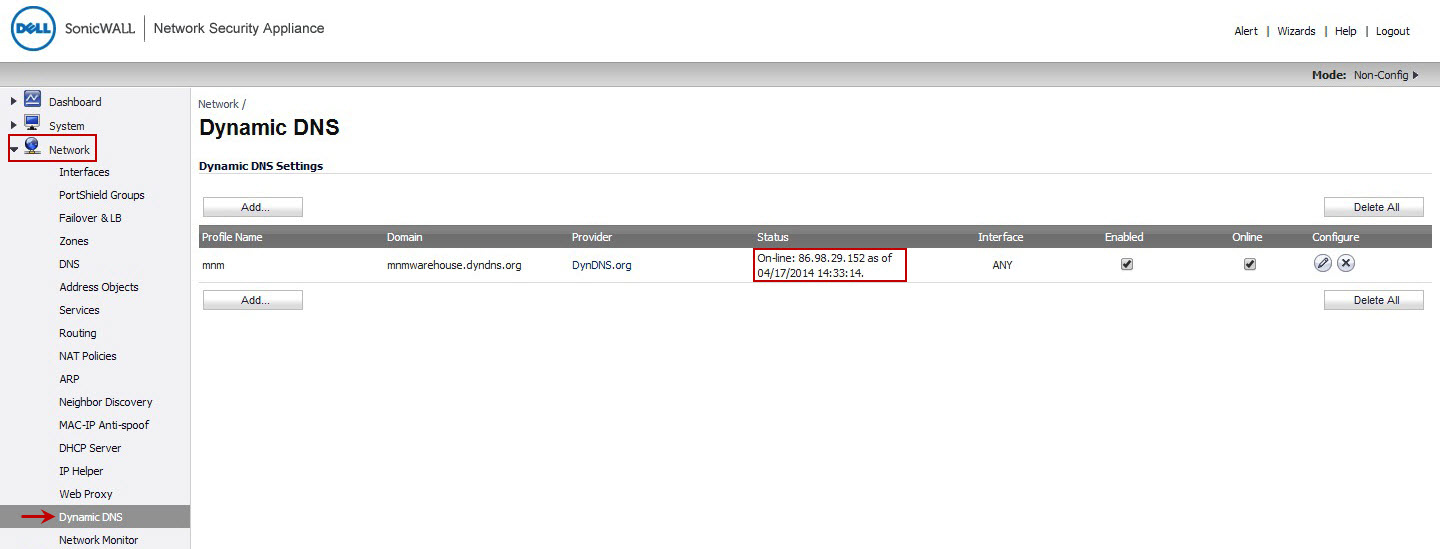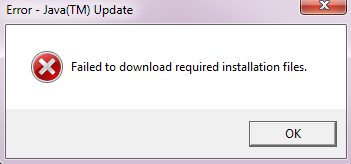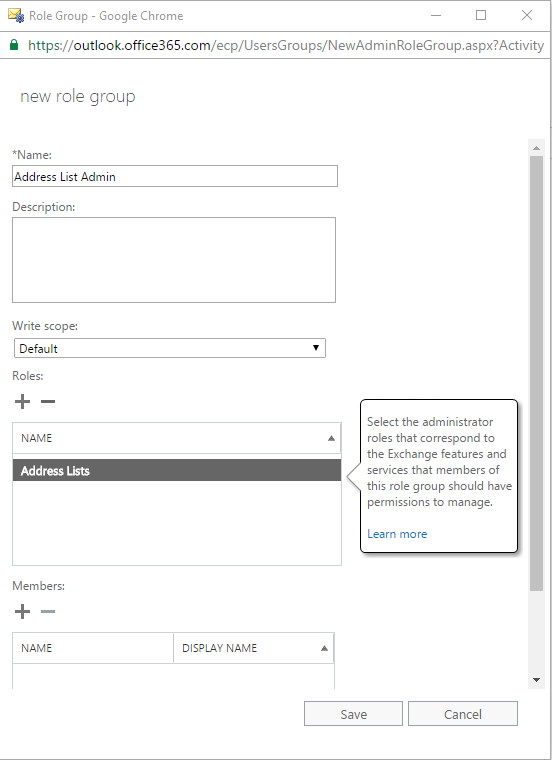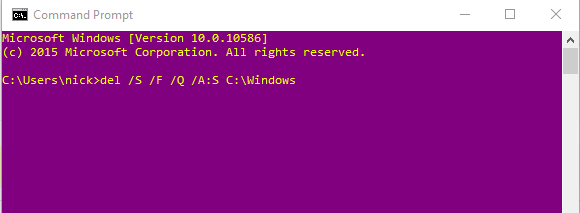There are multiple reasons you may wish to change a computer name remotely – here is one method:
I’m going to be using psexec to do this, if you don’t have it already, this great wee remote command tool is provided free from the SysInternalsSuite – or can be obtained on its own here.
Open a command prompt from whichever folder psexec.exe is in.
The command we are going to be using to change the computer name is the below wmic command:
WMIC computersystem where caption='currentname' rename newname
Put together with psexec it will looks something like this:
psexec \\PC_NAME_OR_IP -u "USERNAME HERE" -p "PASSWORD" WMIC computersystem where caption='CURRENT_NAME' rename NEW_NAME
Exchange usernames and pc names as appropriate.
There is a couple of great sites with all the psexec switches, ss64 is my favorite.
Now you can change a computer name remotely
![Change a computer name remotely – [SOLVED] Using CMD and psexec](https://cannotdisplay.com/wp-content/uploads/2017/04/changecomputername.png)
![Acronis error 1603 [SOLVED]](https://cannotdisplay.com/wp-content/uploads/2017/04/Acronis-error-1603-.png)
